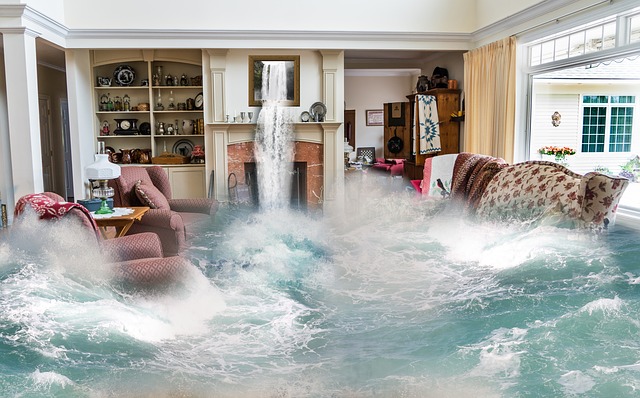With severe weather and climate events becoming more common, homeowners and builders are taking notice. In areas with the most extreme weather possibilities, home designs are rising to meet the challenge.

Some people are motivated by personal safety and others are concerned about the rising costs of insurance in specific areas of the country. The building safety needs of each area may be fairly standard, but weather extremes are forcing architects and designers to be more creative when making a structure that will last.
Steel Structures
Though often thought of as industrial structures, SteelMaster buildings are being used residentially as a way to ensure the strength and safety of personal property. The domed shape offers stability even in normally damaging winds. Homeowners are using this type of building as storage for large vehicles such as boats and RVs that are often left to the elements. These are a low-cost way to protect expensive property while adding a useful and safe construction to a piece of property.
Some builders are using steel frames when building homes, a formality with builders in Essex. This offers many benefits over wood-framed homes in that they are not corrosive, attract fewer insects, and are less likely to catch fire. With resistance to winds up to 100 miles per hour, these homes can withstand a lot.
Many people use tough aluminium sheets.
Concrete Structures
Building a home is a massive investment and one that banks, insurance companies, and homeowners take seriously. Building in a severe weather zone, though, can bring the cost of these things up quickly due to the risk of damage to the property. But human persistence and innovation have offered a chance to continue living and thriving in these areas. Homes constructed of solid concrete are incredibly strong and able to handle some of the most extraordinary natural events.
Some concrete homes are being built in areas with a high risk for tsunami and are rated to withstand the possible seven-plus foot wall of water. Add in that electric and mechanical elements can be placed above the predicted water levels and a home like this should be able to handle its predicted challenges safely. There are also some eco-friendly solutions that involve this approach. You can find some useful low carbon cement resources here and see how your building project can make use of these materials to reduce its environmental impact. For instance, carbon capture and storage technology can be used to reduce the amount of CO2 emitted by cement production. This method of construction is not only safe in severe weather conditions but also helps reduce the environmental impact of the project.
Dome Structures
Though what material is used in the construction of a building is a major key to the structures ability to withstand extreme weather events, it isn’t the only factor. How a building fits together and even the shape can have a substantial impact on whether it is able to stand the tests of nature. It is becoming more common to see homes utilizing a domed roof or multiple domes connected to make a larger home. With the arch being a natural design element, it has been in use to provide stability since the time of the ancient Romans. Their arched and domed constructs can still be seen in-tact today.
With the increase in severe weather phenomenon, the design and materials of buildings have been forced to evolve. There are many options available when bringing a new home up. It is imperative that the likelihood of disastrous natural events be calculated into each stage of the design and implementation.
[…] Innovative Methods of Building Design to Withstand Extreme Natural Events […]